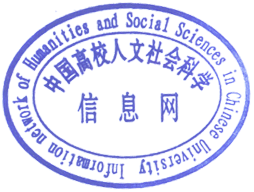关 键 词 :中国;斯里兰卡;跨文化交际;节日;文化符号;传统新年学科分类:民族学与文化学--文化人类学与民俗学
从西汉时期的张骞通西域,丝绸之路,到2013年9月和10月由中国国家主席习近平分别提出建设“新丝绸之路经济带”和“21世纪海上丝绸之路”的合作倡议,旨在打造政治互信、经济融合、文化包容的利益共同体、命运共同体和责任共同体。文化交流一直是促进世界各民族之间相互了解重要因素之一。文化是民族的,又是世界的,在全球化的大背景下,顺应一带一路的倡议,推动跨文化交际是促进世界各国互信,合作,共赢的催化剂。在“一带一路”的战略架构中,斯里兰卡被定为“海上丝绸之路”的重要节点和连接点之一,具有重要的战略地位,因此,加强中斯之间的文化交流举足轻重,且有利于“一带一路”战略的有效实施。传统新年是中国与斯里兰卡共有的节日之一,且对各国的历史文化意义重大,笔者以中国与斯里兰卡新年文化以及习俗作为切入点,以跨文化交际理论为视角对比分析中斯新年文化的异同,旨在促进中斯文化的交流互鉴,巩固中斯人民的民心相通,推动“一带一路”战略的有效实施,推动中斯命运共同体的构建。
From the Western Han Dynasty's envoy Zhang Qian's opening of the Silk Road to the proposal of building the "Silk Road Economic Belt" and the "21st Century Maritime Silk Road" by Chinese President Xi Jinping in September and October 2013, the aim has been to create a community of shared interests, destiny, and responsibility through political trust, economic integration, and cultural inclusiveness. Cultural exchange has always been a significant factor in promoting mutual understanding among the world's various ethnic groups. Culture belongs to nations yet also to the world. In the context of globalization, adhering to the Belt and Road Initiative and promoting intercultural communication serve as catalysts for enhancing trust, cooperation, and mutual benefits among countries worldwide.

